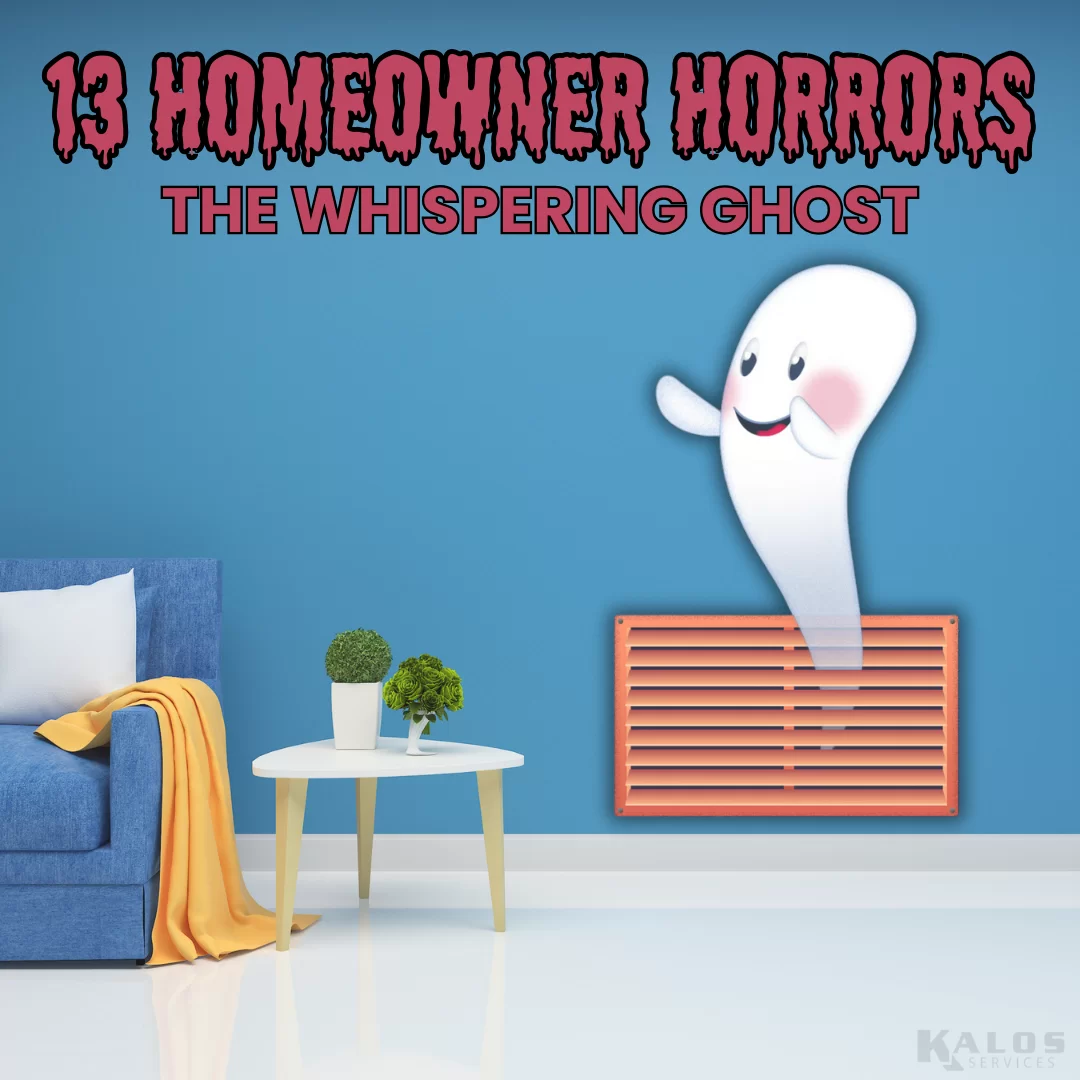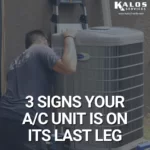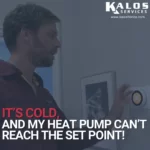Mr. and Mrs. P bought a fixer-upper home that had stood idle for a while after its previous owner passed away. They knew it would need a lot of work—a new roof, new paint, and new flooring, and they wanted to install central A/C instead of window units. But they thought the structure had good bones and were excited to work on it.
They worked with several contractors to renovate the building. They started with quotes for the walls and floors, which ended up being higher than expected, so they went with lower bids for the roofing and HVAC installation. A few weeks later, their house was complete, and they settled in with their kids and pets—mostly exotics.
Even though the house was a good fit for their active little family, it was on the warm and muggy side. However, the Ps had some tropical lizards and snakes that needed heat bulbs and daily water misting, so they chalked it up to that and didn’t think much of it. The kids were also pretty active and liked to run around the house, which surely made it warmer. Oddly enough, though, the master bedroom was the warmest room in the house, and there were no pets or kids in there.
During a spell of unusually warm nights, when her husband was fast asleep, Mrs. P started hearing whistling from the vent in their bedroom—like a moaning ghost. She stood under the vent and felt airflow—nothing too unusual. She shone a light up in there but couldn’t see anything—just the swirling of tiny dust particles in the air. She walked around the house to check the other vents. No noise apart from the gentle hum of the A/C blower on the other side of the house.
Mrs. P returned to the bedroom and heard the same howling. It sounded like it was coming from the vents, but none of the other vents had that problem. Was it the ghost of the old owner who lived and died there? Surely not…
That morning, Mrs. P told her husband what she heard during the night and that it sounded like it was coming from the vent. He offered to go into the attic to see what was going on, and it turned out there was no spooky spirit at all.
In reality, there was a gap between the duct and the boot that led to the vent; the duct wasn’t sealed completely. Air was coming in through that opening, and the noise of air moving past the duct materials caused that whistling sound. The attic air was also very dusty, which would explain why so many particles were visible when Mrs. P shone the flashlight in the vent. They called a new HVAC contractor to seal the ductwork, and the noise disappeared. Their house was also a lot cooler, especially the master bedroom.
Leaky ducts can rack up your power bills and introduce noise and pollutants to your air. Signs of leaky ducts include:
- Hissing or whistling noises
- Poor or uneven comfort throughout the home
- High energy bills
- Dusty air
Duct leakage can happen when ducts aren’t properly sealed, and it can make it a lot harder for your HVAC system to heat or cool your home. Not to mention, it allows dusty attic air to seep into the ductwork. However, your HVAC contractor can help you address the problem and seal your duct connections.




